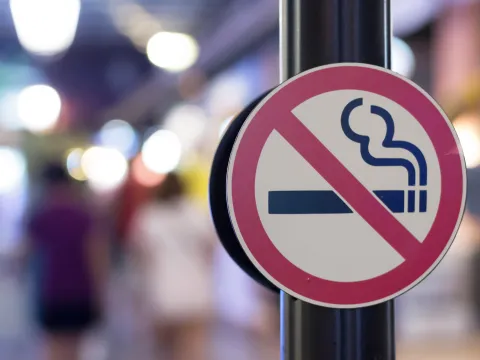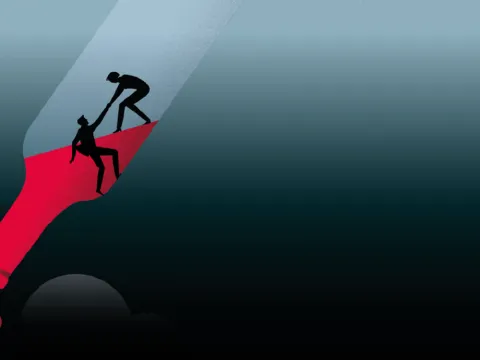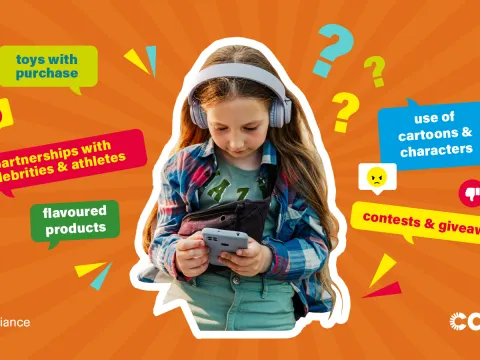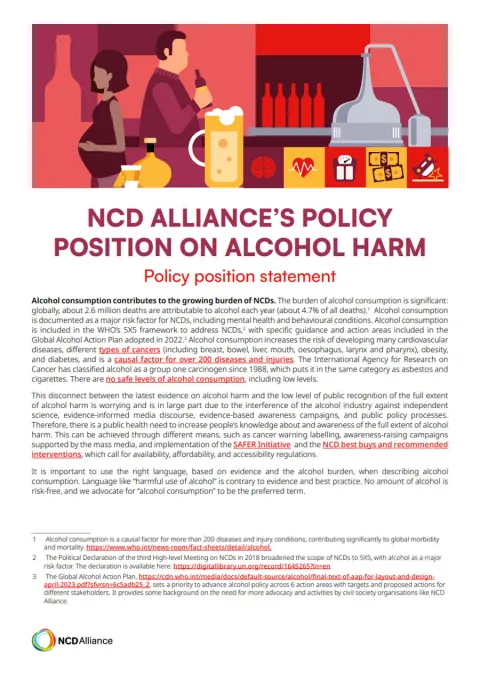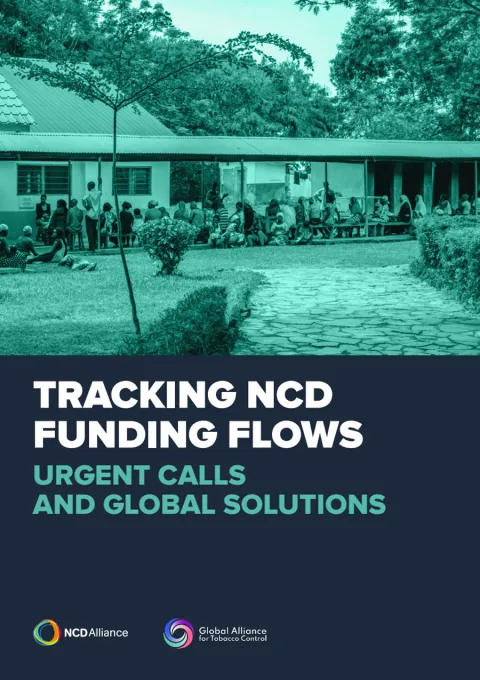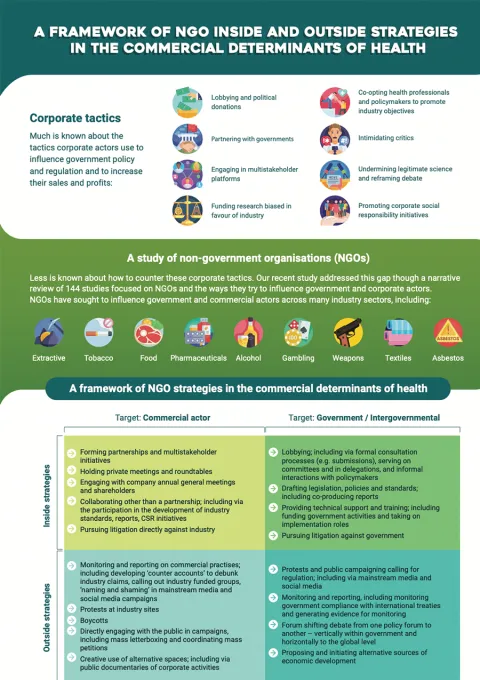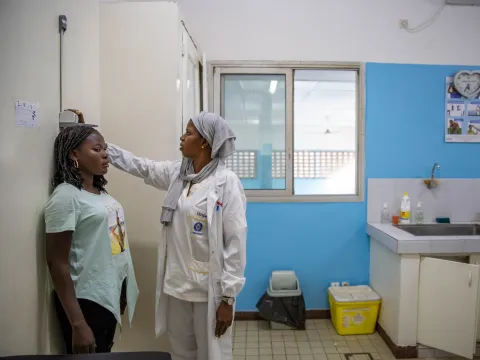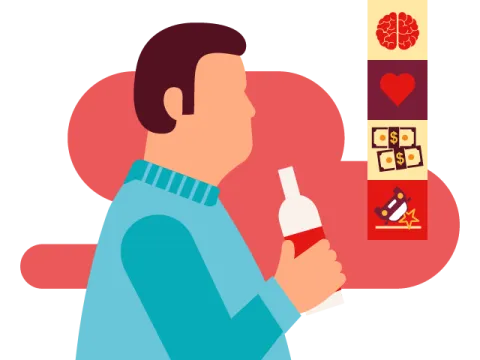The neglected risk factor: alcohol control seeks to gain momentum in the 7th Global Alcohol Policy Conference
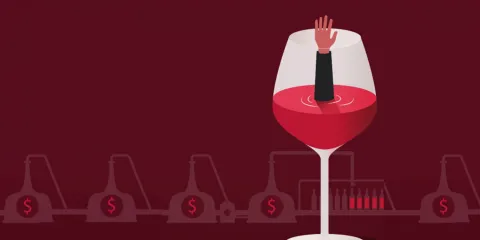
Globally, alcohol policy has proved to fall short of the serious health threat posed by alcohol. Faced with constant industry interference and aggressive marketing strategies, alcohol control takes up the challenge to gain momentum in the 7th Global Alcohol Policy Conference starting today in Cape Town, South Africa, which will be attended by the NCD Alliance.
Despite its relatively widespread social acceptance and cultural roots, alcohol use is one of the leading risk factors for death and disability around the world. It is estimated that around three million people die each year as a result of alcohol consumption, more than half of them from non-communicable diseases (1.7 million) such as cancer, digestive diseases and cardiovascular diseases (CVD). South Africa is no exception, with a high prevalence of heavy episodic drinking, due to the availability of cheap alcohol, ineffective controls on underage sales, and a policy environment steeped in aggressive industry influence.
Big alcohol has a long history of delegitimising, influencing and avoiding policies aimed at reducing consumption through regulation of retail sale and marketing. The alcohol industry takes every opportunity to spread misinformation and cast doubt on the harmful effects of alcohol use. While evidence shows there is no safe level of alcohol, companies insist on the old popular belief that the problem lays in excessive drinking in an attempt to divert the attention away from the fact that alcohol is a toxic, psychoactive and carcinogenic substance. The claim that it is possible to drink responsibly remains a common misconception. It is therefore not surprising that more than 40% of the world's population consume alcohol on a regular basis, while for tobacco use the percentage is less than 20%.
Lobbying against proven public health measures, the alcohol industry wants to make sure that the truth does not come to light and that awareness of the health risks of alcohol does not take hold. This explains why alcohol labelling often lags behind other unhealthy commodities such as tobacco and junk food, as shown in our latest report Warning against harm: Lessons and recommendations to advance labelling policy across risk factors for noncommunicable diseases. This is due to a lack of a standarised approach to labelling, as well as the industry taking legal action against such regulations, especially those including cancer warnings and graphic health warnings.
Marketing is another of the industry's main tactics to attract new customers and clean up its image. The report Selling a Sick Future: How to counter harmful commercial marketing towards children and young people across risk factors for noncommunicable diseases, authored by NCD Alliance and Children in All Policies 2030 (CAP-2030), exposes such practices targeting vulnerable populations, including children and young people. This is especially true for many low- and middle-income countries where people often drink less alcohol and regulations are less strict. Shifting away from traditional media, the report argues, the alcohol industry is now using other channels such as social media to take advantage of regulatory loopholes and reach out to the youngest potential consumers.
Alcohol control seeks to gain momentum in the face of the shortcomings of the 2010 Global Alcohol Strategy in a context of a fierce counter-offensive by the alcohol industry. The new WHO Global Alcohol Action Plan 2022-2030 and a series of recent stories of success involving civil society organisations like Ghana NCD Alliance or Mexico Salud-Hable are the first green shoots of the change to come. Still, alcohol regulations need more commitment from national governments and international organisations to unlock their full potential. The 7th Global Alcohol Policy Conference represents an opportunity to accelerate action against alcohol with no pressure from any representative of big alcohol, whose attendance is strictly forbidden. May this be the new normal in the fight against alcohol.
